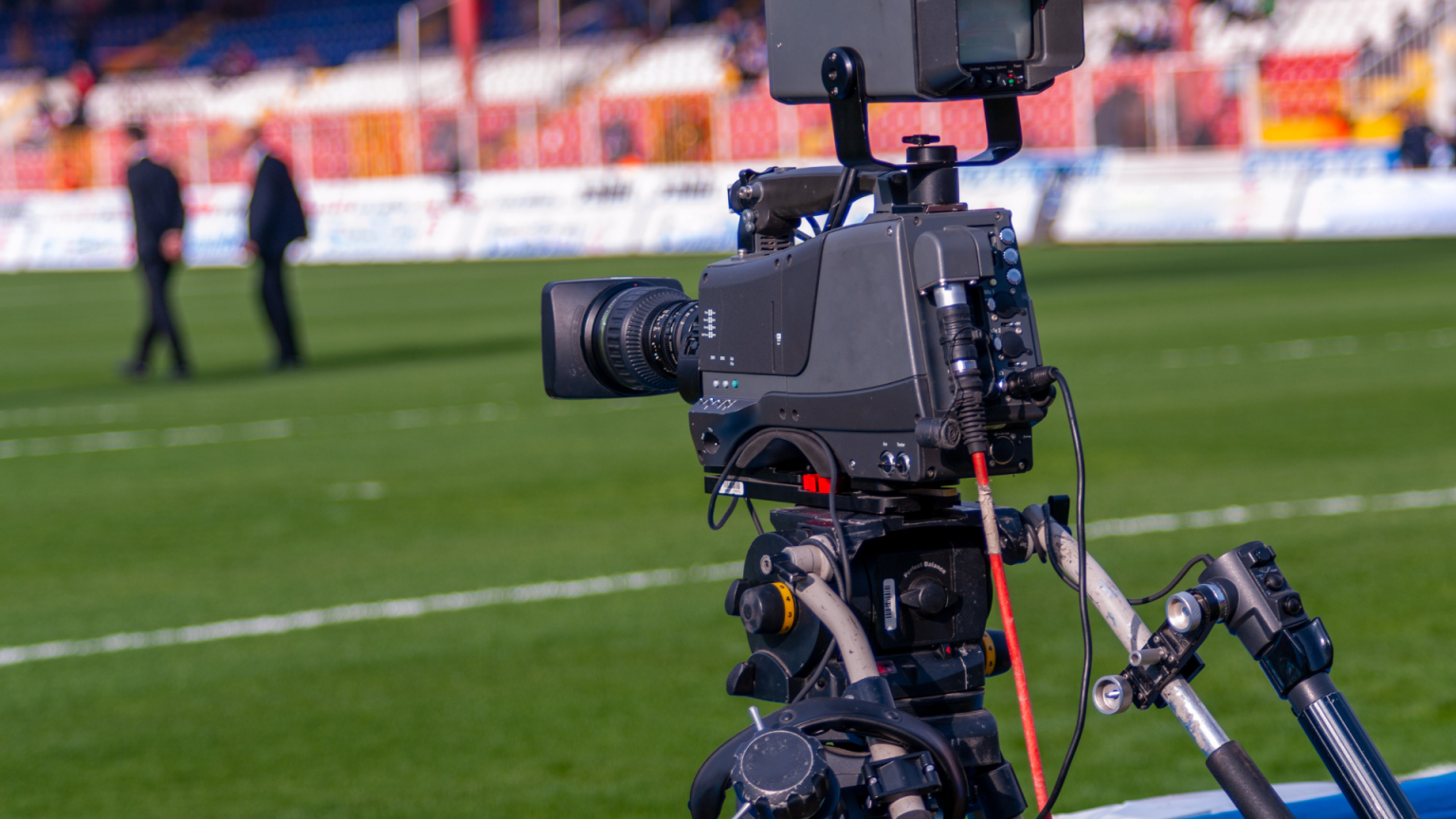People in the past gathered in front of a television with poorly received signals while trying to adjust their antenna to witness crucial, momentous events. The rapid progress from the past to today has produced an eye-opening contrast. The sports viewing experience has evolved through updating visual clarity to real-time analytics, which, combined with multiple angles of replay viewing and augmented reality interfaces, degrade how fans watch their favorite teams.
The Evolution of Broadcast: Beyond the Basics
Broadcast systems today offer more than basic camera enhancements. Broadcast systems now create one interconnected platform to advance new ideas. Broadcasters prepare sport previews while using 5G streaming and AI systems to enhance how replays are showcased. People today experience TV shows more thoroughly than basic viewing did before.
Adding online betting features to viewers’ sports entertainment creates a fundamental point of transformation. Together, sports broadcasts and tech companies provide viewers with real-time updates about odds and statistics that make the event more engaging.
People today have mixed feelings about this enhancement as they either love its entertainment value or see how it distracts from their sports enjoyment, even though it changes their behavior. Sports broadcast updates on changing betting odds combine classic delivery methods with interactive features in ESPN programs.
Immersion Through Visual and Data Enhancements
The most notable current difference for fans lies in the outstanding realistic video quality. With 4K and 8K cameras positioned strategically across stadiums, viewers at home arguably get a better seat than those in the venue.
Thanks to hundreds of frames per second, viewers can see and experience the underlying physics of athletic motions, which were previously invisible to the human eye.
What creates additional excitement about data visualization is how it enhances visual media throughout broadcasts. To provide their audiences with predictive insights, contemporary broadcast media rely on machine learning and real-time analytics.
During NFL games, viewers can watch a history-based chart showing the chances of fourth-down conversions. Numbers do more than provide facts; they create suspense and help fans get more involved.
Fan-Centric Innovations and Interactive Viewing
Today’s sports fans want more than watching; they want to be part of the action. Broadcasters now let viewers pick their preferred camera perspectives during sports matches.
Major sports events like the Olympics and the Super Bowl often include interactive layer design. People who touch their screens can view athlete insights and prior performances while viewing different camera perspectives of a match or event.
The latest interactive media technology is applied to broadcast all sports events beyond football and baseball alone. Even niche events such as eSports tournaments or mixed martial arts now utilize advanced broadcast tools, recognizing that attention to detail and personalization are what audiences crave.
Challenges and Ethical Considerations
All these technical achievements bring important safety and fairness problems to the table. The addition of facial recognition and AI tools in sports broadcasting needs attention because it affects player privacy.
The mixing of sports broadcasts with online betting moves some viewers away from recognizing sports for their athletic achievements and instead focuses them on money-winning potential.
The new technology excludes fans who do not have access to fast digital connections. Our support for new broadcasting technologies should include steps for making them available to everyone instead of just focusing on creative improvements.
To Conclude
Broadcast technology created a new way to enjoy sports by making them more active and more sensory than ever. Recent broadcast technology lets viewers select items and see real-time results using graphic screens and betting tools to become deeply engaged in each match.
Our acceptance of these changes should come with careful planning. Unpredictability is at the heart of sports, which fosters emotional bonds between supporters from all walks of life. Technology tools should help make sports better instead of taking their place.
Alongside fans today, we are helping introduce a new generation that sees home as the perfect seat to watch sports unfold alongside narrative and tech exploration. Our choice decides what extent we want to experience these new sports features.

